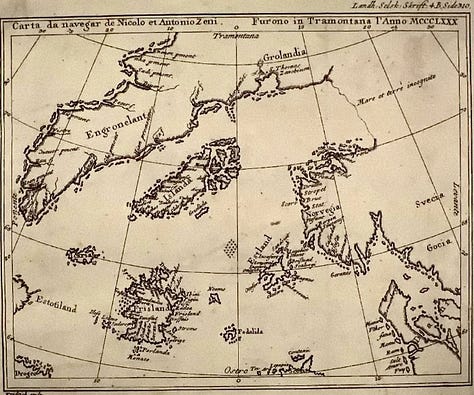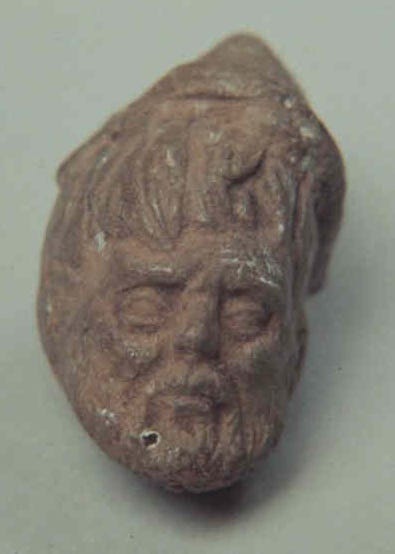Fresh Batch #74: Thalassocrats, Why The Map Isn't The Terrain, and... Romans In America?!
Don’t Forget About the Island of Demons

Say it out loud: The map is not the terrain. We do not live in a model.
I am not ignorant of the wild speculations and artifacts claimed to be found in places they ought not to be according to the status quo, however, in my published works, I maintain standards that prevent me from acknowledging them. However, Substack is my playground, my training area where I work out ideas. So here is a taste of some artifacts that may be of interest if their authenticity and dating are conclusively proven. Some sort of diffusion has happened between the Americas and the Mediterranean. It’s observable. The question is whether it came directly from there or by way of Asia, or, if it is the other way around and the diffusion came from the Americas to Asia and subsequently the Mediterranean. The first is an alleged pre-Columbian Roman head.
The second are these alleged Roman coins found in Ohio.


Normally I would dismiss these. However, there are a lot of tumuli and strange artifacts that were found in Ohio, the sort of things that were covered up that I’m peripherally learning via Greg Little, but so much of the information relies on old photos and articles, that, without preserved physical evidence, is not something I’m ready to commit my energy towards. If there’s one thing I’ve come across over and over again, it’s an overwhelming amount of forgery in every aspect of archeology. At this point, it looks like the entire profession is riddled with grifters. I will address these artifacts with my members. But for now, I’d like to focus on phantom islands and the logical fallacy of appealing to man-made things like maps and models as though they have any bearing on reality.
Many people allude to old maps as though they are reliable sources for geography, but most of them are based on hearsay and older data rather than experience of the explorer or the actual measurement of terrain. As a result, maps are highly problematic and include all sorts of anomalies that never existed such as phantom islands, gulfs, and passages.


How many of you have heard of the Isle of Demons near Newfoundland that was on maps for nearly two centuries, included by some of the most credible cartographers/geographers (such as Gerardus Mercator) of the day?
Well, you have now. Have a closer look at the northern part of the island and you’ll see three demons depicted. Another phantom island is Frisland, off the coast of Greenland. I suspect the reason for this is to throw people off from exploring the Americas so that those who successfully navigated it could maintain a tactical advantage in commerce. I would not be surprised to learn that Romans and many others were doing trade with the Americas prior to the Common Era, but those in the know kept it a secret for fear of losing their economic advantage.



Strabo lived at the time that the Church changed reckoned the Year of Our Lord, AD, or the Common Era. This marks the beginning of what I call Aeonial Darkness, from the farrago of mythology to the destruction of that which could link us to the past. In his criticism of Eratosthenes, Strabo wrote, “He has also given credence to many fables about the regions beyond the Pillars of Heracles, mentioning an island named Cerne and other countries which are nowhere pointed out to‑day — matters about which I shall speak later on.”
I do not defend Eratosthenes, however, he may have referred to Britain as Cerne, on account of it being called the Seat of Queen Ceres, the Granary of the Western World, by Onomacritus, and it being peopled and kept secret by Phoenicians millennium prior to this account. Cerne and Ceres share the same root in multiple languages pertaining to seed, stemming from that Hebrew root (qrn; qeren), meaning horn and radiance. To learn more about the regions beyond the Pillars of Heracles, dive into The Holy Sailors (click the image).
Become a member to access the rest of this article.
Keep reading with a 7-day free trial
Subscribe to Ancient History, Mythology, & Epic Fantasy to keep reading this post and get 7 days of free access to the full post archives.






